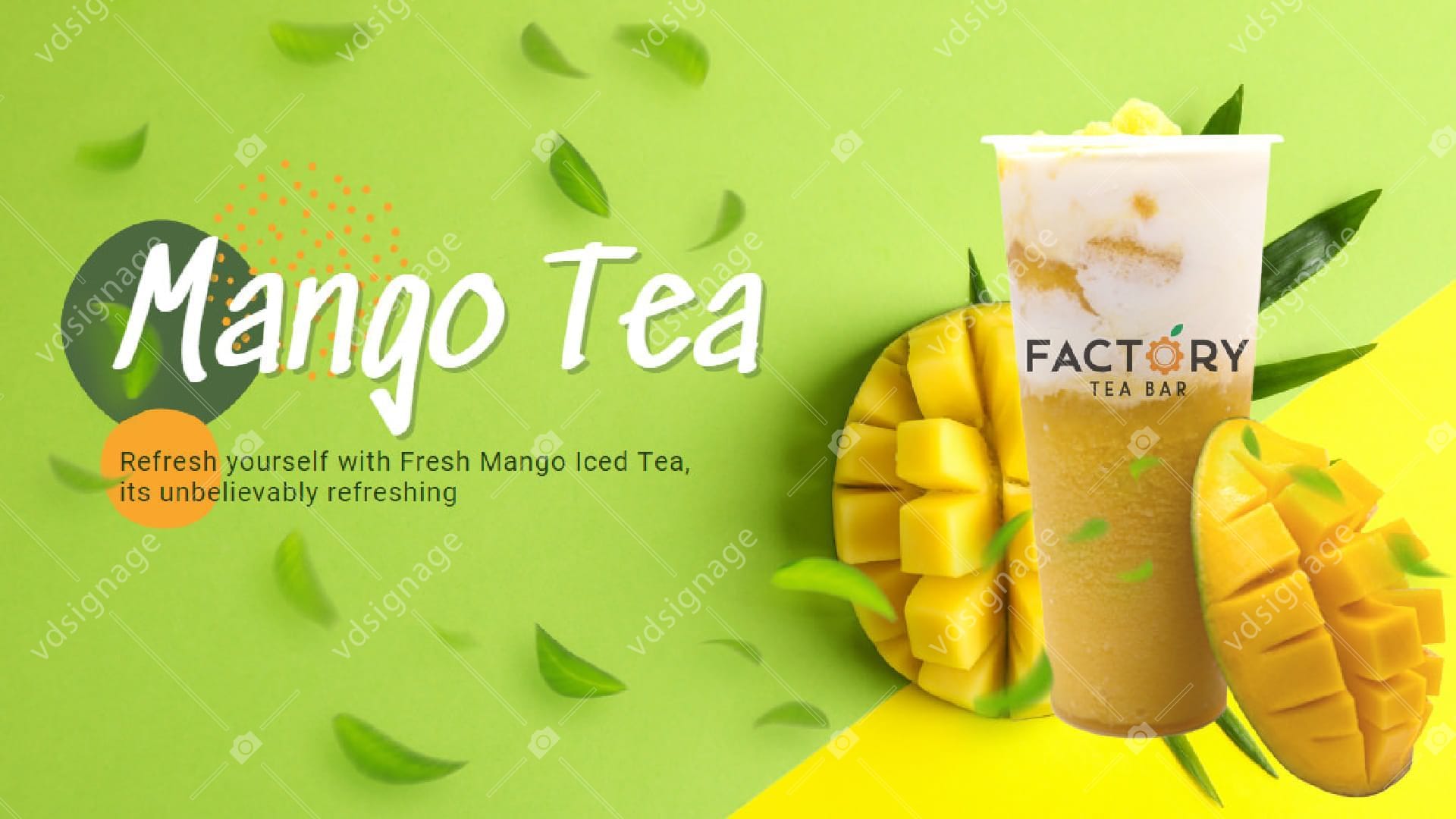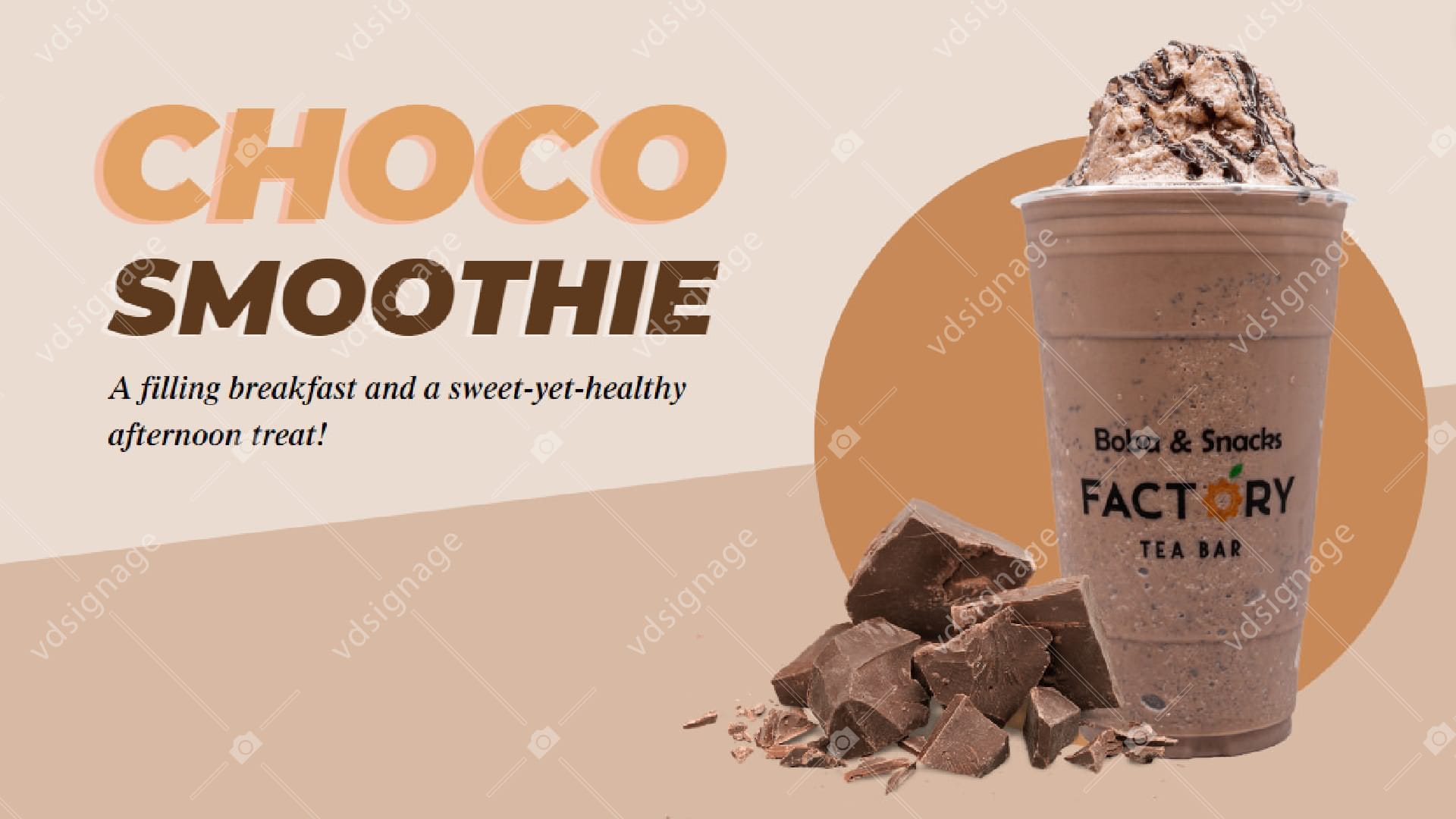In this article, we will explore the basic business models in the food and beverage industry in the United States. Let’s learn about the basic franchise model in the U.S. By understanding the advantages and disadvantages of each model, you will have an overview of doing business in the F&B industry in the U.S. and be able to decide which model is suitable for your goals.

1. Introduction to the F&B industry in the United States
The food and beverage (F&B) industry in the United States can be described as a rapidly growing and diverse industry. It not only meets the demand for food and drinks for American citizens, but also attracts interest and exploration from international tourists.
The development of the F&B industry in the United States is mainly driven by several factors. One of them is the strong economy of the United States, which provides favorable conditions for the growth of businesses in the industry. This stability not only ensures that the F&B industry can survive and thrive, but also creates opportunities for businesses to expand and tap into market potential.
A notable feature of the F&B industry in the United States is the diversity in food and beverages. Consumers can find all kinds of food and drinks from around the world, from traditional Italian pizza to Japanese sushi, from delicious Brazilian coffee to premium French wine. This diversity not only reflects the rich culinary culture of the United States, but also provides new choices and experiences for consumers.
Franchising is also an important part of the F&B industry in the United States. Businesses in this industry have utilized franchising to expand their scale and enhance their presence nationwide. Thanks to this model, famous brands like McDonald’s, Starbucks, and Subway have been able to grow strongly and become icons of the F&B industry in the United States.
The F&B industry in the United States is becoming an attractive and promising field with rapid development and diversity in food and beverages. With the stability of the economy and a strong consumer base, this industry offers opportunities for growth and success.

2. Franchise Model
Franchising is a business model where one party (called the franchisor) provides the other party (called the franchisee) with the right to use their brand, formula, process, or product. The franchisee can then open a store or business following the predetermined model.
The operating principle of the franchising model is based on sharing. The franchisor provides support in building and operating the business, while the franchisee acts as the business owner and is responsible for day-to-day operations.
The franchise model in the F&B industry has many advantages. First, the franchisee can leverage the experience and knowledge of the franchisor, saving time and effort in starting a business. Second, the brand has been built and has a reputation, helping the franchisee attract customers quickly. Finally, the franchise model provides continuous support from the franchisor, ensuring efficient business operations.
However, the franchise model also has its disadvantages. One of them is the limitation in managing and controlling the business of the franchisee. The franchisor has the right to intervene in daily operations and require compliance with predetermined processes. This can make the franchisee feel restricted and difficult to make strategic decisions.
Examples of famous F&B brands that use the franchise model are McDonald’s, KFC, Starbucks, and Subway. These brands have succeeded in building a global network of stores through franchising. Customers can find these brands’ stores everywhere in the world, providing stable income for the franchisees.
Another option in the F&B industry is the independent model, where businesses are not dependent on any brand or company. Independent businesses have full control over their operations and can customize factors such as products, prices, and marketing as desired. However, the independent model also carries higher risks and requires specific knowledge and skills to succeed.

3. Independent Model
The free model in the F&B industry is defined as a business system in which companies operate independently and are not constrained by regulations or restrictions from the government or managing organizations. The operating principle of this model allows businesses to make their own decisions regarding aspects such as pricing, products, services, and operational processes.
One of the advantages of the free model in the F&B industry is its flexibility and creativity. Businesses can freely implement business strategies and develop products based on customer needs and desires. This helps create diversity in the F&B industry and the ability to quickly adapt to the market.
However, the free model also has its drawbacks. One of them is the lack of control and management from the government and managing organizations. This can lead to issues with hygiene and food safety, as well as unhealthy competition among businesses.
An example of a successful free model in the F&B industry is independent cafes. These cafes not only provide a comfortable and cozy space for customers, but also offer unique and high-quality beverages. The freedom to choose ingredients and prepare drinks has made these cafes an ideal destination for coffee lovers and those seeking privacy.
4. Chain model
The Chain model is a business system built on the concept of opening multiple business locations under the same brand and operating according to specific processes and standards. This model is often applied in the food and beverage industry to create consistency and uniformity among stores within the system.
The operation principle of the Chain model ensures that every store in the system adheres to the same processes, product quality, and service. This helps build trust and loyalty from customers, while optimizing operation and management processes. The advantages of the Chain model in the F&B industry are as follows:
Advantages of the chain model in the F&B industry:
- Helps build and develop a strong brand, creating recognition and increasing competitiveness in the market.
- Applying certain processes and standards ensures consistent product quality and service across all stores.
- The chain model also brings benefits in terms of scale and business efficiency, optimizing costs and increasing revenue.
Drawbacks of the chain model:
- One of them is that uniformity can take away the personalization and uniqueness of each store.
- Managing and maintaining chain stores also requires significant investment in resources and time.
One example of a successful restaurant chain in the United States is McDonald’s. With hundreds of stores nationwide, McDonald’s has built a strong brand and is known worldwide. By implementing a chain model, McDonald’s ensures consistent quality of products and services in every store, which attracts trust and loyalty from customers.
The traditional F&B business model of “locally sourced, naturally flavored” is a style of business applied in the F&B industry. By utilizing natural and local resources, this model focuses on producing and serving products that are naturally sourced, without preservatives and artificial colors. This helps create differentiation and attract customers who are concerned about health and the naturalness of the products.
5. The traditional “natural fragrance” F&B business model
The traditional “farm-to-table” F&B business model has been around for a long time and is still popular today. This model focuses on using natural and local ingredients to create delicious and healthy food and drinks. The use of natural ingredients not only enhances the natural flavors but also benefits the environment and human health.
Customers tend to trust and prefer products from this business model because of the quality and value they provide. The traditional “farm-to-table” F&B business model has become an essential part of the modern culinary market and continues to evolve to meet the diverse needs of customers.
6. “Rice with dipping sauce” F&B business model
According to this model, customers will be served traditional dishes such as rice, dipping sauce, raw vegetables, and other condiments. However, the special point is that customers have to pick up these components and prepare them according to their own preferences. This not only creates interaction between customers and serving staff, but also provides a sense of freedom and creativity for customers.
The “rice with dipping sauce” F&B business model can also contribute to the development of the foodservice industry. With the combination of traditional dishes and unique serving style, this model attracts the attention of many customers. This can create great business opportunities for restaurants and eateries that apply this model.
The “rice with dipping sauce” F&B business model brings unique and memorable culinary experiences for customers. With the combination of traditional dishes and unique serving style, this model not only satisfies customers but also provides great business opportunities for companies in the foodservice industry.

7. The “meticulous from the beginning” F&B business model
The “start from scratch” F&B business model is becoming a popular trend in this industry. When choosing a suitable model for your business goals, there are several important factors to consider.
You need to clarify your business objectives. Do you want to create a famous brand, develop a franchise network, or simply open a small café? This decision will impact the choice of a suitable model.
Consider your location and target customers. If you want to open a high-end restaurant, selecting a good location and providing quality service is crucial. However, if you want to open a fast food restaurant, the choice of a convenient location and target customer base will be different.
Some F&B business models require a large amount of initial investment and high management skills. You need to ensure that you have enough financial resources and knowledge to succeed in this field. Choosing a suitable F&B business model for your business objectives is an important and complex process.
By considering factors such as business goals, location and target customers, as well as capital and management capabilities, you will be able to make smart decisions and succeed in this industry. 8. How to choose a model that fits your business goals.
8. How to choose a suitable business model
Choosing a suitable business model is important for ensuring success in business operations. First, you need to clearly define your business goals. This helps you understand what you want to achieve and focus on developing appropriate models.
Then, you need to consider your financial capacity and risk tolerance. This ensures that you choose a business model that you have the financial ability to implement and also consider potential risks.
Market research and targeting the right customers are the next important steps. You need to understand your market and target customers in order to determine a suitable business model. By researching and understanding the needs, preferences, and behaviors of customers, you can create products or services that they desire.
Finally, after defining your business goals, considering financial capacity and risk tolerance, and conducting market research and targeting, you can draw conclusions about the most appropriate business model for your goals. This conclusion may include specific strategies and methods for implementing and developing the business model in the future.
This article will provide you with an overview of popular business models in the F&B industry in the United States. The models include restaurants, cafes, and fast food establishments. Choosing the appropriate model will help businesses achieve success in the F&B industry in the United States.
Contact Fanpage: Video Digital Signage – VDS
Copyright © by VDSignage.
